The Cape of Good Hope was a welcome sight for those on the journey beyond the end of the known world. It meant a reprieve from rancid water, salty meat and ships biscuits filled with weevils. For the soldiers and sailors of the Honorable Company, the promise of a new beginning.
Kyk-in-die-Pot aka Fort Wynyard
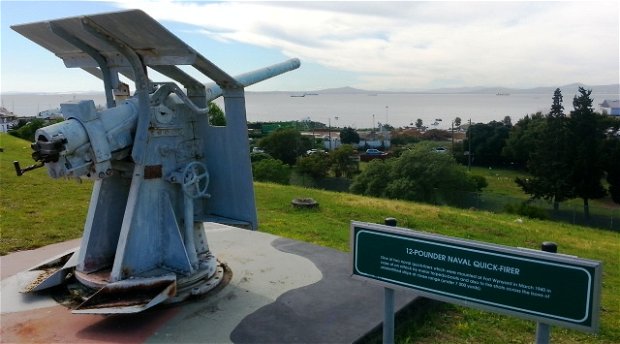
Kyk-in-die-Pot became Fort Wynyard in 1862 when diplomatic relations between the United States and Great Britain were dangerously strained and the Cape's coastal fortifications needs to be strengthened. Home to the Cape Garrison Artillery and the famous "disappearing gun".
FORT WYNYARD: A BRIEF HISTORY
Fort Wynyard has a very distinct historical persona because for more than 200 years it has played an intimate, if often fairly low-profile, role in the Cape's history.
Its story is interwoven with such a colourful array of famous and interesting personages, events and regiments that it is amazing how few people know anything about it - if they even know it exists; even its name - which many think is of Dutch origin - is deceptive.
The Fort started off as the small Kijk-in-de-Pot Battery, which was built in 1795 - just before the first British invasion of the Cape - at the personal insistence of Colonel Robert Jacob Gordon, last commander of the VOC garrison and a heroic but tragic figure in Cape history; its whimsical name, deriving from the blubber-pots of the whaling station at Granger Bay directly in front of it, was probably bestowed on it by Gordon himself.
In a very real sense Kijk-in-de-Pot, along with the Chavonnes Battery and the Amsterdam Battery, was the keeper of Cape Town's front door. The Castle and its attached Imhoff Battery were designed to protect the Table Bay anchorage; but the other three were the guardians of the approaches to that anchorage, where guns of the Castle, as well as the small adjacent Rogge Bay Battery, could not reach.
As such they were the “fist” at the end of several other defensive works further out along the coastline – two batteries at Mouille Point, large ships’ anchors embedded in the sand at Three Anchor Bay to hinder any landings there, and guns at Camps Bay (during World War II, of course, this line was strengthened by the construction of Apostle Battery at Llandudno).
The battery saw action only once, two days before the first British invasion in 1795, when a British naval squadron entered the roadstead, probably while scouting Table Bay’s defences. The battery was the first one whose guns could bear on the British ships, which sheered off after several shots. One would like to think that this had some bearing on the British decision to attack overland from Muizenberg and Simon’s Town.
After the Cape's surrender it was kept in service during the first British occupation (1795-1802) and was then handed over the Batavian government of the Netherlands in terms of the Treaty of Amiens. It saw no action during the second British invasion in 1806 - although its garrison must surely have heard the thunder of the guns at Blaauwberg across the bay.
Kijk-in-de-Pot served on till 1827, when it was dismantled (i.e. its guns were removed but the structure stayed intact), but it was too well-situated to be disposed of, and the military authorities retained the site. The little battery lay gunless till the early 1860s, when apprehensions about the American Civil War brought about the decision to resurrect it.
Relations between the United States and Britain were poor at the time, because the British, the main importers of cotton grown in the American South, supplied the breakaway Confederate States with weapons, military weapons (including ships) and civilian goods.
Under the supervision of military engineers, 100 convicts from the near-by Breakwater Prison turned the old earth ramparts into a substantial stone construction, armed with massive 68-pounder guns and named after Lieutenant-General R H Wynyard, commander of Cape forces and Lieutenant-Governor of the Cape Colony.
In its new guise it carried on with its original function. Of the early batteries which guarded the coastline immediately east of Cape Town Fort Wynyard is the only one to survive almost intact.
The Chavonnes Battery was dismantled and covered over, and its remains have only recently been excavated and turned into a museum. The Amsterdam Battery was almost totally demolished in the 1890s, only a portion of its seaward wall surviving; and the remains of the Rogge Bay Battery vanished with the construction of the Foreshore in the late 1930s and now lies buried under Thibault Square.
But Fort Wynyard soldiered on, guarding the approaches to Table Bay through two world wars and various smaller conflicts, not only as a gun battery but also as a reporting station for all ships entering the bay, as part of an integrated coastal defence system which linked it with Lion Battery on Signal Hill and the De Waal Battery on Robben Island. Unfortunately, at some time during the early months of World War II the barrel of its 9.2-inch Armstrong “disappearing gun” – one of a very few left in the world – was removed, allegedly to be melted down for scrap for the war effort.
When coastal batteries were phased out as active installations in the 1950s it was used for other things, inter alia as the regimental headquarters of Skiereiland Kommando. It was eventually handed over, along with Lion battery, to the South African Navy, and turned into a museum of coastal artillery. The rare 19th-Century rifled muzzle-loading heavy guns and some later weapons displayed on the Castle’s Ravelin up to that time were then shifted to Fort Wynyard. The SAN also manufactured a glass-fibre replica barrel for the disappearing gun.
After the coastal museum was closed down for cost-cutting reasons in the late 1980s Fort Wynyard became the regimental headquarters of the Cape Garrison Artillery, with which it has a historical link dating back to the 19th Century, and which was first raised only two years before Fort Wynyard arose on the bones of Kijk-in-de-Pot. Fort Wynyard also has a special historical link with the Cape Field Artillery, whose gunners were the first to fire its armament when it was completed in 1862.
Fort Wynyard also has other historical links. At various times in its history it has been manned or used by most of the other old Cape regiments, including the Cape Town Highlanders, the Cape Fortress Engineers (which later became part of today's 3 Field Regiment SA Engineer Corps) and, during World War II, coastal gunners of the Cape Corps. During World War II It also had the unusual distinction of having female gunners of the Women's Auxiliary Army Service in the garrison.
Almost miraculously it has remained basically unchanged since 1862, in spite of all these vicissitudes, although there have been one substantial addition and many small ones, the armament has been up-dated several times and some of its parade-ground walls bear genuine World War II camouflage paint schemes.
In a sense it is still the watchdog of Table Bay. The world has changed to an almost unimaginable extent since 1795 and coastal artillery has been superseded by missile batteries, but its guns still grin sombrely at passing ships and it remains an active military installation as the RHQ of the Cape Garrison Artillery. Although no longer used for its original purpose, it is the oldest coastal battery still in active use at the Cape except Simon’s Town’s Lower North Battery, which was first constructed as the Zoutman Battery in the 1780s.
Disappearing gun pics courtesy of Up-close Tours.
Further Reading
The Social and Military Heritage of the Cape is a fascinating saga with heroes and villains of all color and creed. The Chavonnes Battery invites you to discover the strategic Commercial and Military importance of Cape Town and the harbor in global trade and some of the character’s who left a footprint here. Meander among the Archaeology ruins, explore the international photographic exhibitions, join a Guided Walking Tour or fire a real...
Willem tells us about the Round House located in Kloof Neck and some of it's colorful characters.
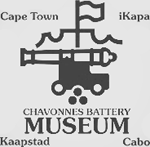


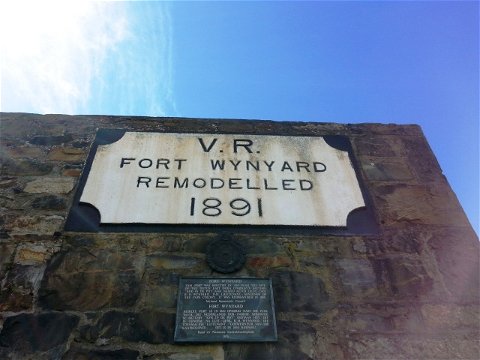
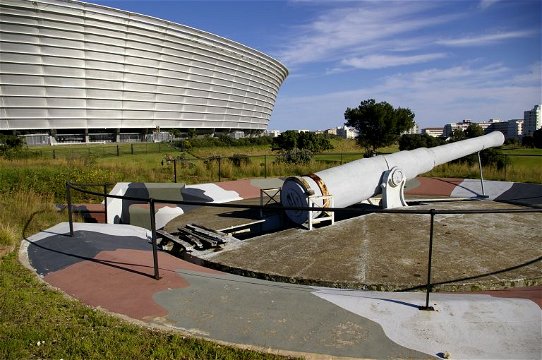
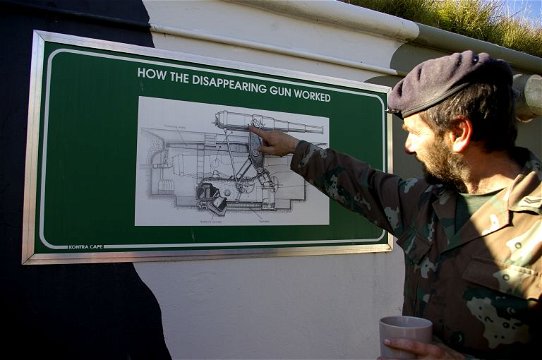


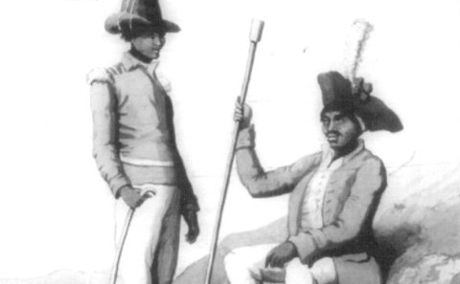

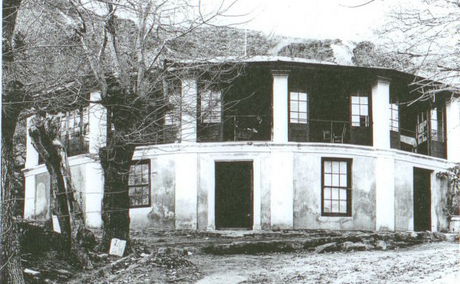
Share This Post